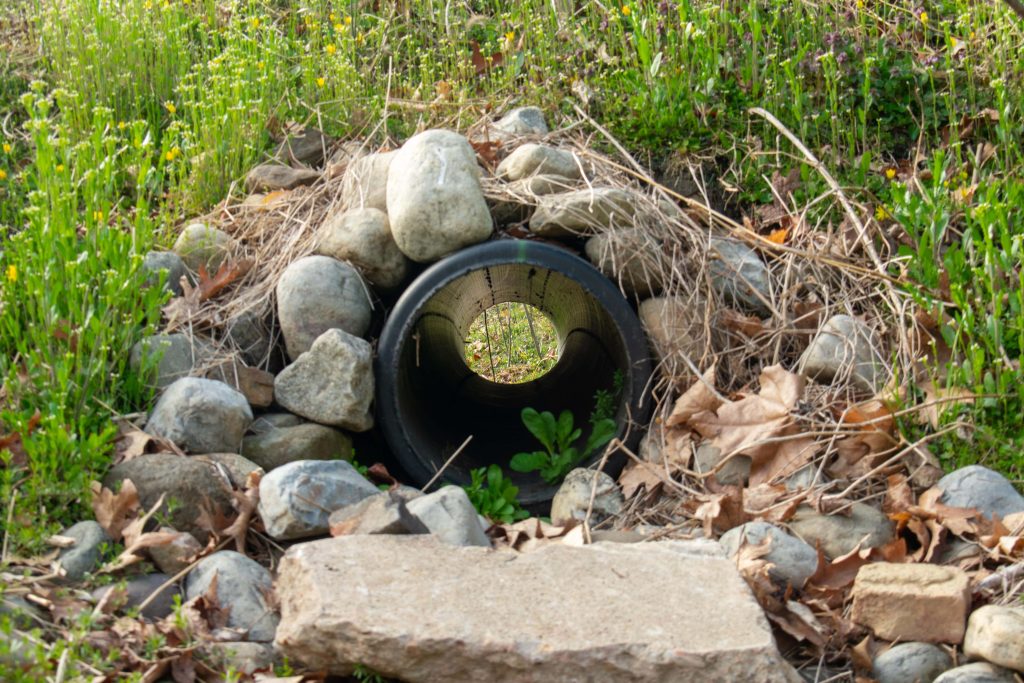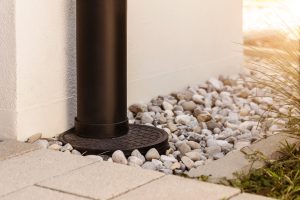Everything You Need to Know About French Drains

If you’re looking for an effective and affordable way to manage your home water runoff, French drains are definitely worth considering. Not only do they quickly and easily resolve drainage issues in yards and gardens, but they also require minimal maintenance once installed. In this post, we’ll provide you with all the information you need to know about why French drains can be such a great choice for managing excess water on properties. By the end of this post, you’ll understand why adding a French drain is one of the most cost-effective ways to ensure that your property stays safe from unnecessary moisture!
What Are French Drains and Why Do I Need One
 French drains are an effective way to prevent water from pooling around a foundation, as they allow water to be conducted away. They have been used for centuries and are a low-cost solution to a wet foundation. Generally, the process involves using a perforated pipe that is covered with either gravel or soil and then buried in the ground at least 6 inches below the surface. Water is then carried away from the area by gravity or pump systems. This simple solution can be specially installed for any property that is susceptible to flooding, has pooling collected water, or occurs on a slope. Installing this kind of drainage can help keep your house well protected from excessive moisture and its costly consequences.
French drains are an effective way to prevent water from pooling around a foundation, as they allow water to be conducted away. They have been used for centuries and are a low-cost solution to a wet foundation. Generally, the process involves using a perforated pipe that is covered with either gravel or soil and then buried in the ground at least 6 inches below the surface. Water is then carried away from the area by gravity or pump systems. This simple solution can be specially installed for any property that is susceptible to flooding, has pooling collected water, or occurs on a slope. Installing this kind of drainage can help keep your house well protected from excessive moisture and its costly consequences.
How to Choose the Right Location for a French Drain
When it comes to installing a French drain, the location of your system is just as important as the proper installation. To make sure you are using a location that will work optimally for your needs, it is best to plan ahead. If possible, have the area evaluated by an experienced professional who can advise on soil and other factors commonly overlooked. Water also plays a key role in choosing the right spot: how water flows across your land, what sources are near you, and other conditions should be considered. Consideration must also be given to drainage patterns — existing ditches or slopes should be taken into account when making decisions about French drains. Ultimately, think through each detail carefully before deciding – with the right site chosen, you’ll get maximum performance possible from your new drainage system.
Maintenance Tips for Your French Drain
 Keeping your French drain functioning properly is essential for protecting your home from water damage. Regular maintenance can help ensure that the drain is flowing properly and free of debris. To keep your French drain in good condition, start by clearing out any blockages like leaves or twigs that become lodged in the pipes. It’s also important to check regularly for cracks in the pipes, as these can lead to water leakage and even flooding. Lastly, make sure that the pipe has a slope of at least one inch per foot so that the water will be able to flow easily and quickly away from the foundation of your home. With these simple steps, you’ll be able to enjoy all the benefits of a properly functioning French drain.
Keeping your French drain functioning properly is essential for protecting your home from water damage. Regular maintenance can help ensure that the drain is flowing properly and free of debris. To keep your French drain in good condition, start by clearing out any blockages like leaves or twigs that become lodged in the pipes. It’s also important to check regularly for cracks in the pipes, as these can lead to water leakage and even flooding. Lastly, make sure that the pipe has a slope of at least one inch per foot so that the water will be able to flow easily and quickly away from the foundation of your home. With these simple steps, you’ll be able to enjoy all the benefits of a properly functioning French drain.
